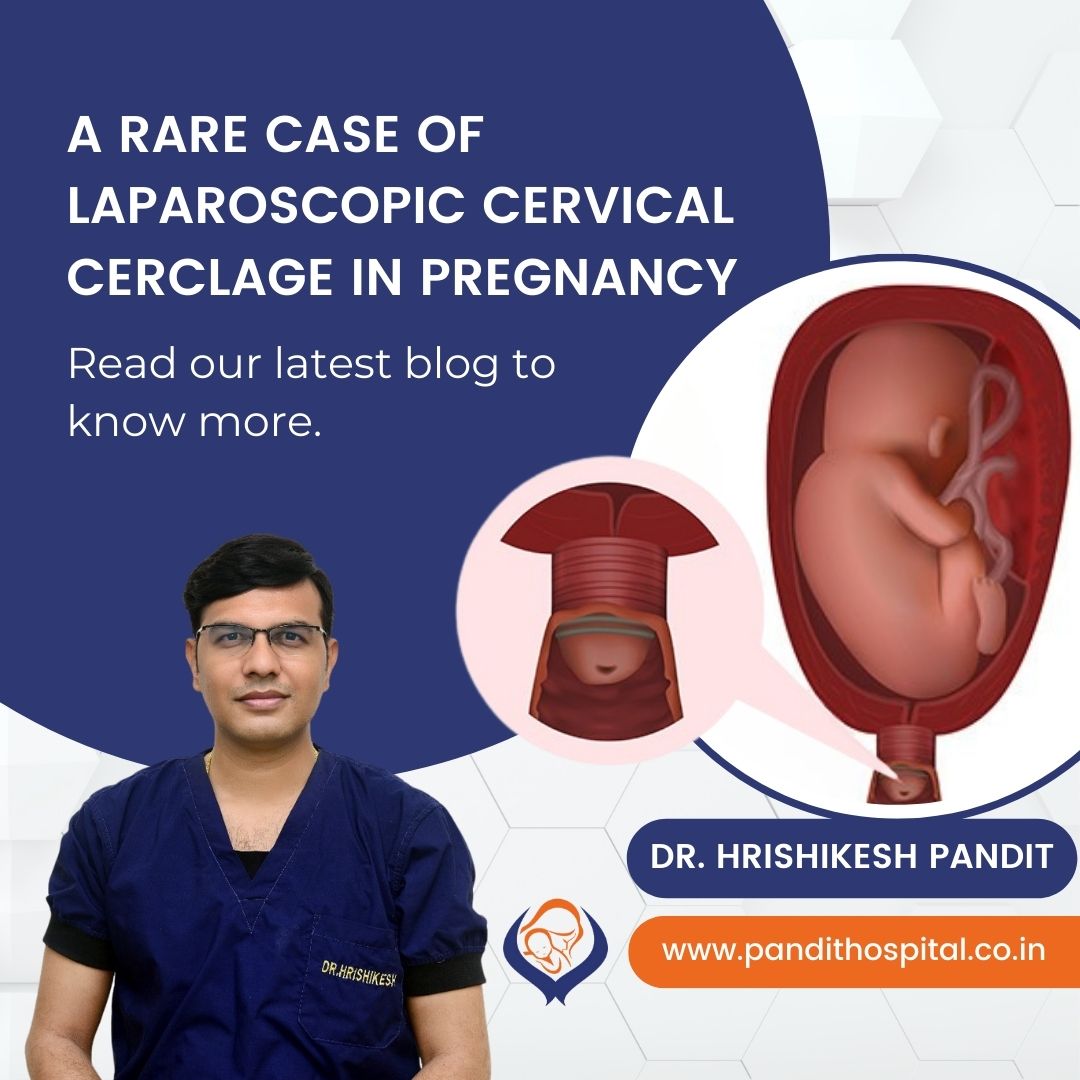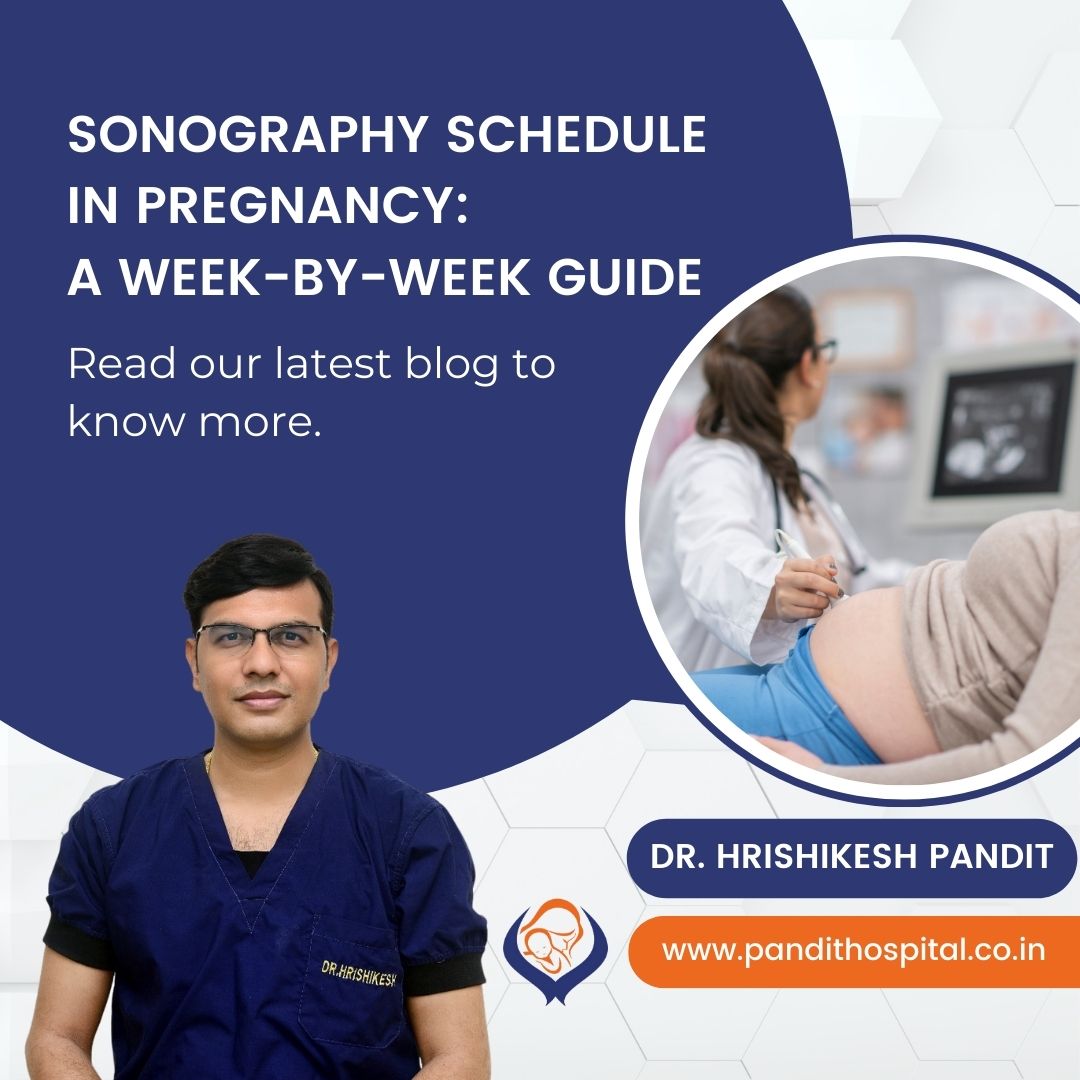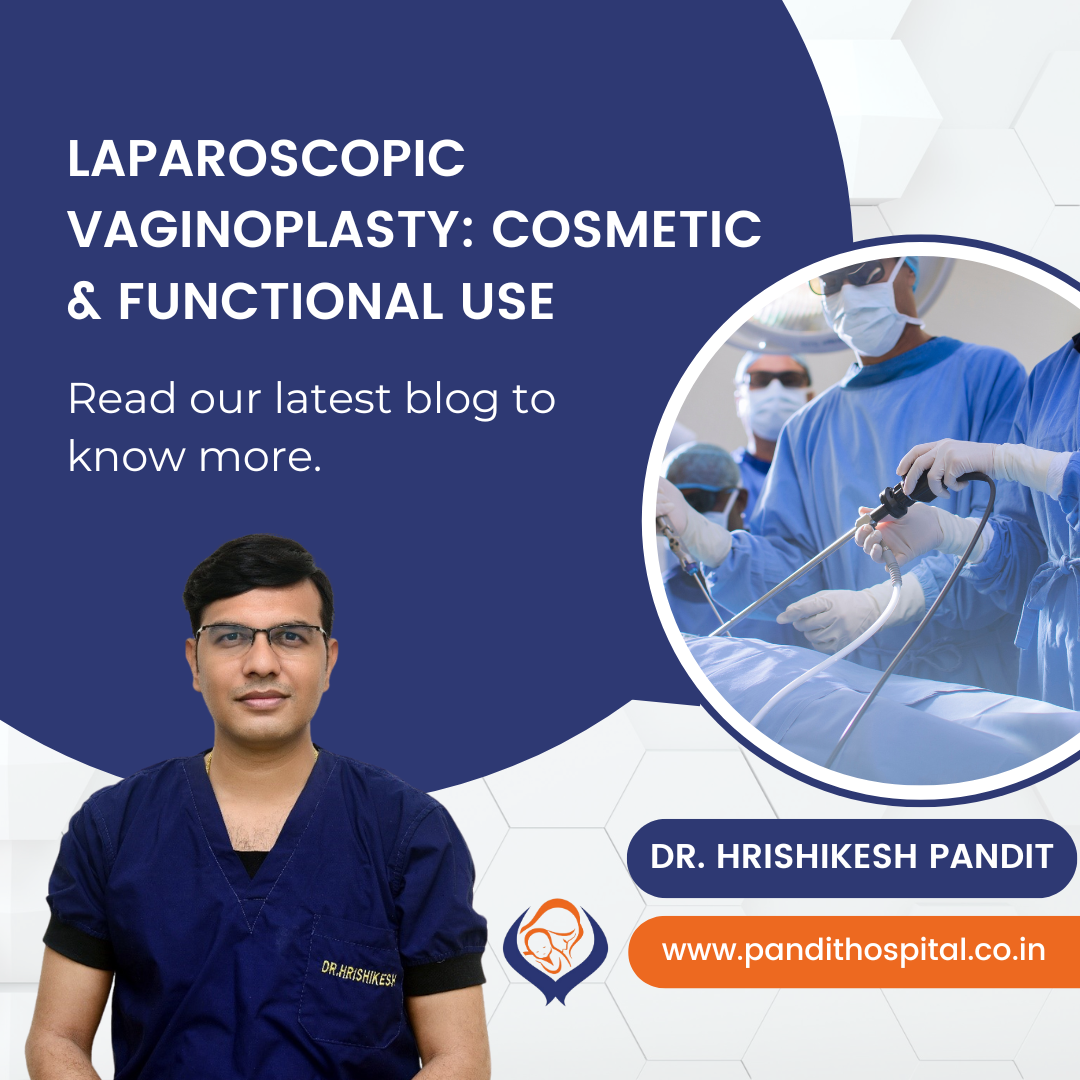We are proud to present a rare and highly challenging case of laparoscopic cervical cerclage—now available to watch on YouTube for the first time. This video is a valuable educational resource for gynecologists, laparoscopic surgeons, and postgraduate trainees interested in advanced gynecological surgery.
Case Overview:
This patient presented with a high-risk obstetric history:
- Previous LSCS (Lower Segment Cesarean Section)
- Two failed vaginal cerclage attempts
- Two second-trimester pregnancy losses
Due to these factors, a laparoscopic transabdominal cerclage was the best option to support this ongoing pregnancy and minimize risk of miscarriage or preterm labor.
Laparoscopic cervical cerclage is a minimally invasive surgical procedure where a non-absorbable suture is placed around the cervix via the abdominal route using laparoscopy. It is usually considered when:
- Vaginal cerclage has previously failed
- There are anatomical or scarring issues preventing a successful vaginal approach
- The cervix is too short or damaged for a transvaginal stitch
When is it needed?
This procedure is indicated for women with a history of:
- Recurrent mid-trimester pregnancy losses
- Cervical insufficiency
- Prior failed transvaginal cerclage
- Congenital or acquired cervical anomalies
Compared to open abdominal cerclage, laparoscopy offers several key benefits:
✅ Minimally invasive – smaller incisions, less postoperative pain
✅ Better visualization – allows precise stitch placement around the cervix
✅ Faster recovery – shorter hospital stay and quicker return to normal activity
✅ Reduced adhesion formation compared to laparotomy
✅ Can be performed during early pregnancy with careful planning
This surgery was particularly difficult due to multiple factors resulting from the patient’s previous surgical history and failed cerclages.
✅ Dense Bladder Adhesions
- Caused by prior LSCS, the bladder was densely adherent to the lower uterine segment.
- Watch how the assistant skillfully provides counter-traction to facilitate careful bladder dissection and mobilization.
✅ Fibrosis Around Right Uterine Artery
- The right uterine artery was pulled up and surrounded by fibrosis—posing a risk of vascular injury.
- The team carefully created a window in the broad ligament, staying close to the round ligament to safely pass the suture.
✅ Engorged Veins on Left Broad Ligament
- Increased vascularity increased the bleeding risk.
- The dissection was meticulously executed to avoid rupture of fragile veins and ensure patient safety.
This video serves as a rich educational tool for:
- Practicing gynecologists seeking to upgrade surgical skills
- Postgraduate students learning laparoscopic anatomy and technique
- Surgeons handling high-risk obstetric cases
Gain insights on:
- Surgical anatomy in altered planes
- Tissue handling in pregnancy
- Suture placement and knotting techniques
- Preventing complications in scarred tissue environments
Dr. Hrishikesh Pandit
Laparoscopic Gynecology Surgeon
Founder – Pandit Hospital, Ahilyanagar
Dr. Pandit is known for his expertise in minimally invasive gynecological surgery, especially in high-risk and complex cases involving fertility preservation and advanced laparoscopic gynecology.
Don’t miss this unique case presentation and real-time surgical strategy demonstration.
Subscribe to our channel for more advanced laparoscopic gynecology videos and case studies.
At Pandit Hospital, you are in safe hands!
To consult Dr. Hrishikesh Pandit, Click Below,
Pandit Hospital – Best Maternity care center in Ahmednagar
LET’S SEE OUR INTRO VIDEO
At Pandit Hospital, we provide all the maternity services from antenatal to postnatal period under one roof
Let's Connect!!
0241-2441717 / 0241-2442344
About author:
Dr. Hrishikesh Pandit:
Dr. Hrishikesh Pandit is one of the best obstetrician and gynecologist in India. He is also a well-renowned Laparoscopic surgeon. He obtained his MS (Ob Gyn) degree from the prestigious Pravara Institute of Medical Sciences. He has also done fellowship and diploma courses in laparoscopic surgeries and cancer treatment from Tata Hospital and Keil University, Germany. His surgical cases, papers and videos has been chosen in many international forums of gynecology.
At Pandit Hospital, we are always working hard to provide its patients with the highest level of medical innovation and patient care. With the aim of delivering complete maternity & gynecological care under one roof with the help of all contemporary amenities and cutting-edge medical equipment. Dr. Hrishikesh Pandit has a vision to bring the best of facilities regarding laparoscopy surgeries in the city of Ahmednagar. He is the pioneer of 3D Laparoscopy technology is Ahmednagar.
Latest Articles
Dr. Hrishikesh Pandit is one of the best laparoscopy surgeons in India. His determination to bring 3D Laparoscopy technology to Ahmednagar has eventually helped so many patients. Read the latest articles by Dr. Hrishikesh Pandit on Gynecology, gastric issues, and health tips for mothers during pregnancy.
Laparoscopic Cerclage is done for cervical insufficiency or early abortion history. Consult Dr. Hrishikesh Pandit to know more about it. Excellent results in High Risk Pregnancies. Watch video on YouTube.
At Pandit Hospital, Ahilyanagar, we provide advanced maternity care with state-of-the-art 3D laparoscopy and sonography services to ensure the safety of both mother and baby.
Pandit Hospital, led by Dr. Hrishikesh Pandit, offers 3D laparoscopic treatments including Laparoscopic Vaginoplasty, to restore both form and function in women seeking vaginal reconstruction in india.
FAQ
You should consult a doctor during the first 6 to 8 weeks of your pregnancy, or when your period is 2 to 4 weeks late.
If your contractions are 5 minutes apart, lasting for 1 minute, for 1 hour or longer, it’s time to head to the hospital.
Doctors recommend an infertility evaluation if you have not gotten pregnant after 1 year of having regular sexual intercourse without using birth control. If you are older than 35, an evaluation is recommended after 6 months of trying.
Yes, You can. But most babies need 39 weeks to develop fully. Induced or planned delivery before that time—without a valid medical reason—is not in the best interest of the baby or the mother. After 39 weeks you can plan delivery.
Women who are 21 to 29 should have a Pap test alone every 3 years. HPV testing alone can be considered for women who are 25 to 29, but Pap tests are preferred. Women who are 30 to 65 have three options for testing. They can have a Pap test and an HPV test (co-testing) every 5 years. They can have a Pap test alone every 3 years. Or they can have HPV testing alone every 5 years.
Laparoscopic hysterectomy is a safe and suitable procedure for chosen patients. It affords patients advantages like less peri-operative morbidity, better life quality, shorter hospitalization time, and faster return to activity.
Schedule a doctor’s visit if you have: Greenish, yellowish, thick or cheesy vaginal discharge; Strong vaginal odor; Redness, itching, burning or irritation of your vagina or the area of skin that surrounds the vagina and urethra (vulva); Bleeding or spotting unrelated to your period.
Painless delivery can be achieved using a form of regional anesthesia that provides pain relief during natural labor. Epidural anesthesia is administered through an injection on the lower back of the mother. The drug takes about 10-15 minutes to take effect.
Even in severe cases of endometriosis, most can be treated with laparoscopic surgery. In laparoscopic surgery, your surgeon inserts a slender viewing instrument (laparoscope) through a small incision near your navel and inserts instruments to remove endometrial tissue through another small incision.
The HPV vaccine is recommended for routine vaccination at the age of 11 or 12 years. (Vaccination can be started at age 9.) It is also recommended that vaccination for everyone through age 26 years if not adequately vaccinated when younger. HPV vaccination is given as a series of either two or three doses, depending on age at initial vaccination.




